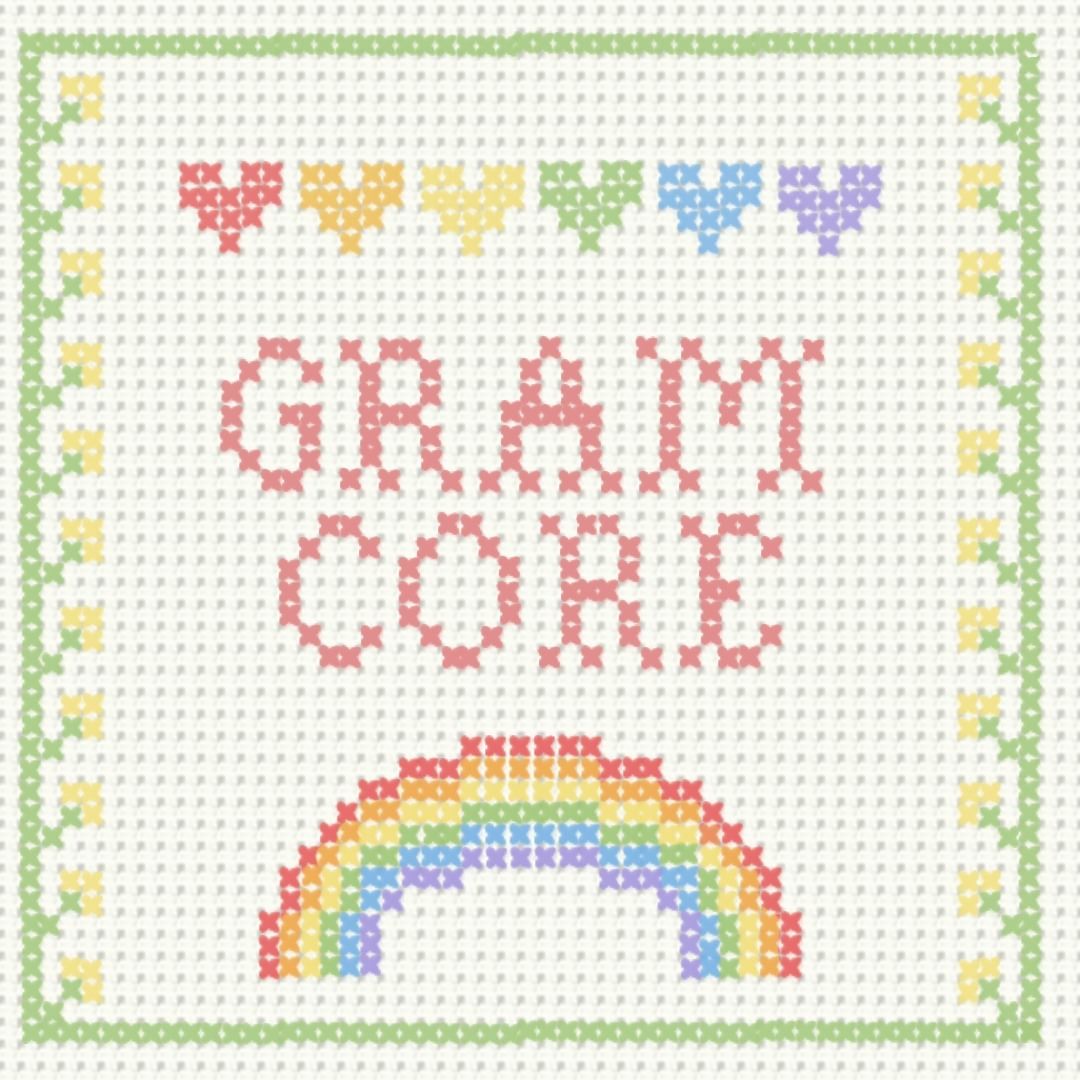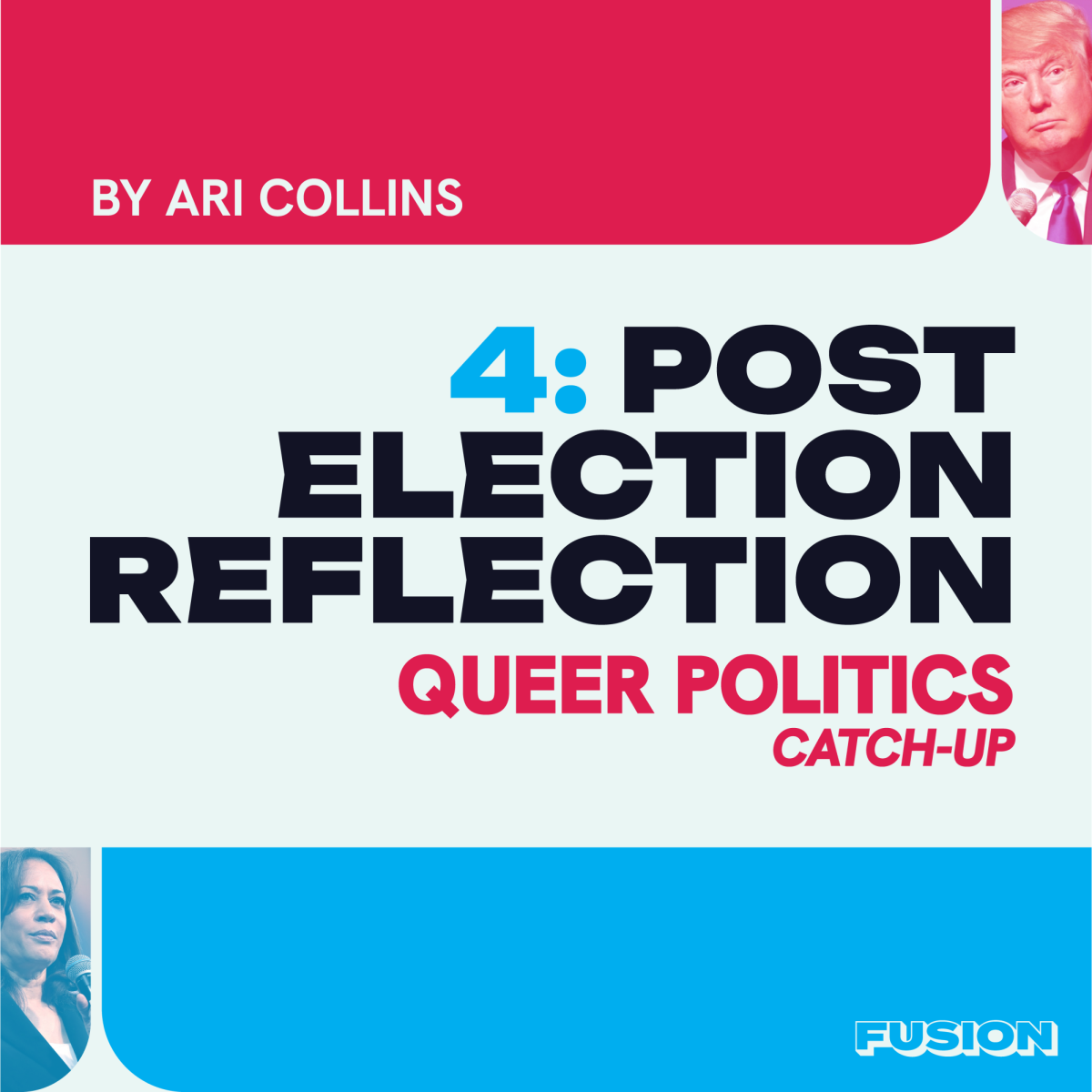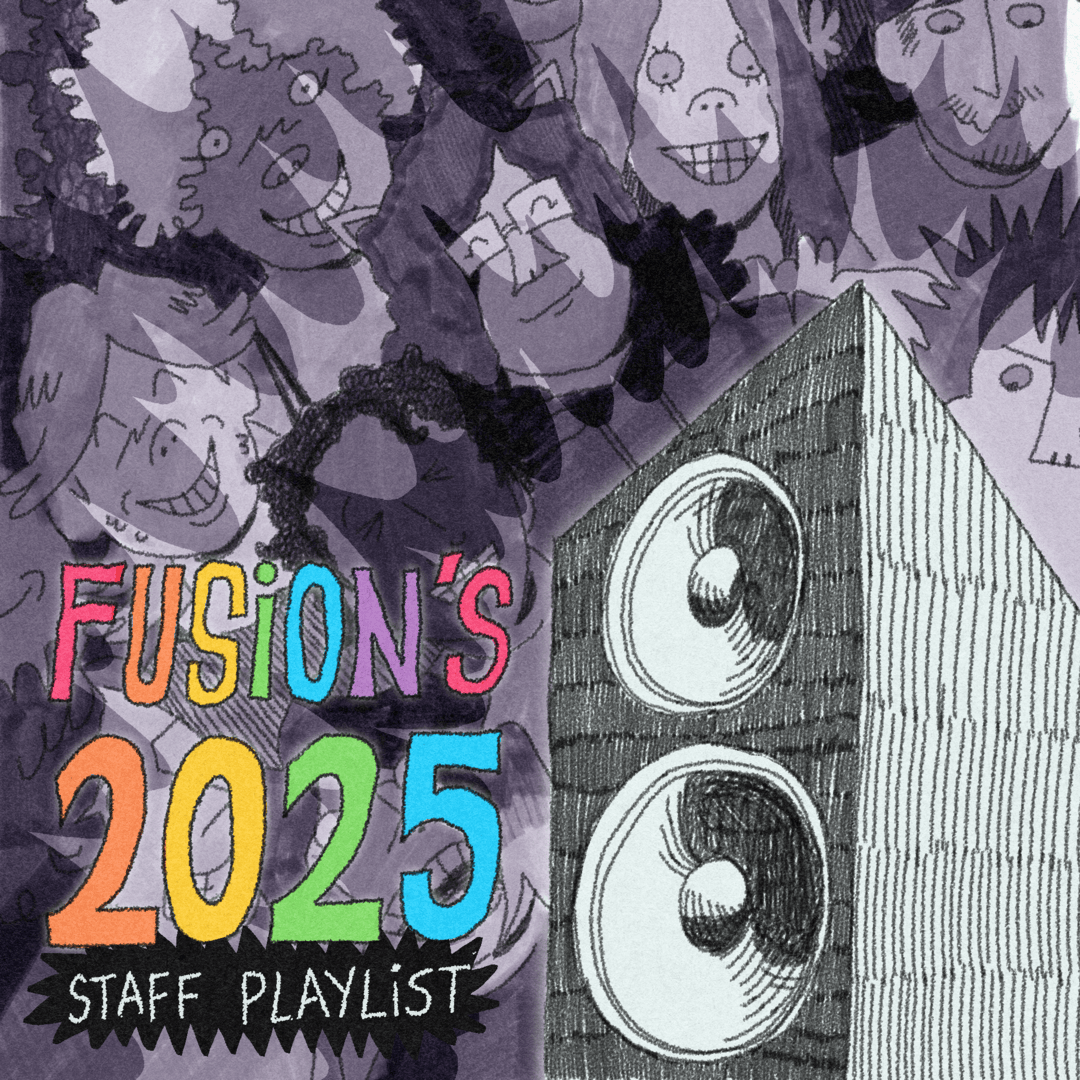
What is your favorite color? An everyday question that people use to get to know one another. Everybody has their favorite color; it can be seen in their clothing and outward appearance and can be easy to identify when looking at someone. Monochromatic looks are a fun way to show off these favorite colors.
Not only is it a way to wear color, but an opportunity to represent the many facets of an individual. Colors can be associated with gender, sexuality, race, ethnicity, culture, or anything else a person identifies with. Color in the wardrobe is a powerful, yet subtle way to give awareness to these things.

“When I wear my favorite color, I’m representing my younger self and all of the other fashionable young girls who didn’t get to express themselves in the way they wanted to,” said Janae Gibson, a fashion merchandising student at Kent State, “I’m representing the little black girls without a voice, to believe in them.”
Seeing how someone finds their own meaning in color, prompts others to find what they represent. Although, some take advantage of these colors as a way to market to a group, such as people who identify with the LGBTQ+ community.
“The main representation of the LGBTQ+ community through color would be the rainbow. I feel that stores and brands have a section that ‘celebrates’ LGBTQ+ people by slapping a rainbow on their products and claiming to be supporters,” said Nolan Ruth, a student at Kent State University, “Using the rainbow to represent the community just does not feel authentic to me as a consumer, I think we could find better ways to celebrate the LGBTQ+ community.” This misuse of color is not fair, but puts into perspective the world we live in today.

Putting on your favorite color or a color that represents an aspect of your identity, is not the only reason people are known for wearing it. Someone’s mode can be affected by color tremendously. Color therapy, or chromotherapy, is a field that studies how colors on the visible light spectrum have wavelengths that produce electrical impulses that impact the body. Brighter colors, such as yellow, blue, orange and green can create a sense of tranquility and peace within the wearer. On the opposite end, colors such as black, gray, dark blue, and shades of red can create a warm and comfortable feel.
“My favorite color, green, makes me feel more intune with my well-being. It reminds me of being in the roots of mother nature, where I am able to have a sense of control and be in stability,” said Sidney Im, one of the models featured.
“Whenever I wear blue, I feel that I’m at my calmest state of mind. I’m a very independent person and I value true depth in connections and I feel blue brings out that side of people. I know that blue is inherently masculine, but for me, blue has always made me feel closer to my femininity than any other color,” Carleigh Culver, an architecture student, discussed how her mood is impacted by color, “I’ve struggled with my sexuality and never really felt connected to any community for a long time. And just like most people, I’ve always been expected to follow the gender constructs that are pushed on by women. But as I’ve found my way to the queer community, blue has never felt better. Blue makes me feel like me.” Color is a powerful tool, used by all for self expression and our own emotional wellbeing.
Here are some styling tips for monochromatic looks for you to try! They were suggested by the models featured in the photo story:
- Carleigh Culver suggests, “When I style a monochrome look, I like to add different shades of the color to add depth. I find that I don’t worry too much when it comes to matching the shades as long as the colors compliment each other.”
- Janae Gibson says, “My number one tip for styling monochromes is to stick to the same range of tones, or mix it all up! Honestly, fashion is yours to interpret, just remember to use the same color.”
- Jala Forest recommends, “Wear different shades of a single color and different textures! Not everything always has to be the exact match. Have fun with it!”



































